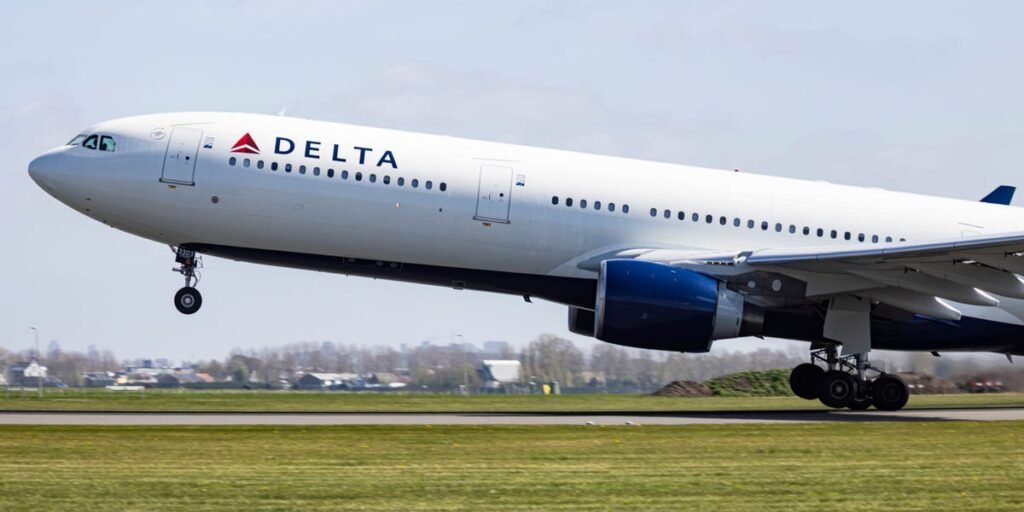25 people were taken to hospital after a Delta Air Lines flight encountered “significant turbulence” on Wednesday.
Flight 56 departed Salt Lake City at 4:45 p.m. MT and was supposed to land in Amsterdam around nine hours later.
About 40 minutes after takeoff, data from Flightradar24 shows the Airbus A330 encountered turbulence at 37,000 feet over Wyoming. It rose about 1,000 feet, then dropped as much as 2,300 feet.
The flight-tracking website showed several other aircraft avoiding storms in the area while the Delta plane appeared to fly through a rough weather patch.
The A330 diverted to Minneapolis-Saint Paul International Airport, landing safely about two hours after taking off from Utah.
“Medical personnel met the flight upon arrival to evaluate customers and crew,” Delta said in a statement.
25 people were taken to local hospitals, “for evaluation and care.”
“We are grateful for the support of all emergency responders involved,” the airline added. “Safety is our No. 1 value at Delta, and our Delta Care Team is working directly with customers to support their immediate needs.”
Turbulence events have come under the spotlight recently, especially since a passenger died on a Singapore Airlines flight last May during severe turbulence.
Several airlines subsequently instituted tighter rules to enhance safety. For example, Korean Air announced it would end cabin service 20 minutes earlier and stop serving noodles in economy due to fears of burns.
Turbulence is getting more common due to the climate crisis, Guy Gratton, an associate professor of aviation and the environment at Cranfield University, previously told Business Insider.
Warmer temperatures allow the atmosphere to hold more moisture, increasing the likelihood and intensity of thunderstorms.
In 2023, researchers at the University of Reading in the UK found that severe air turbulence had increased 55% over a typical point in the North Atlantic Ocean between 1979 and 2020.
“It’s essentially like taking a box with something in it and starting to shake the box up and down,” Gratton said in an August 2024 interview.
“If you’re the person who’s inside the box, then you get thrown around inside the box, and that’s where injuries happen.”
“Passengers are told to keep their seatbelts done up because if you’re tied to the box, you’re much less likely to get injured,” he added.
Read the full article here


